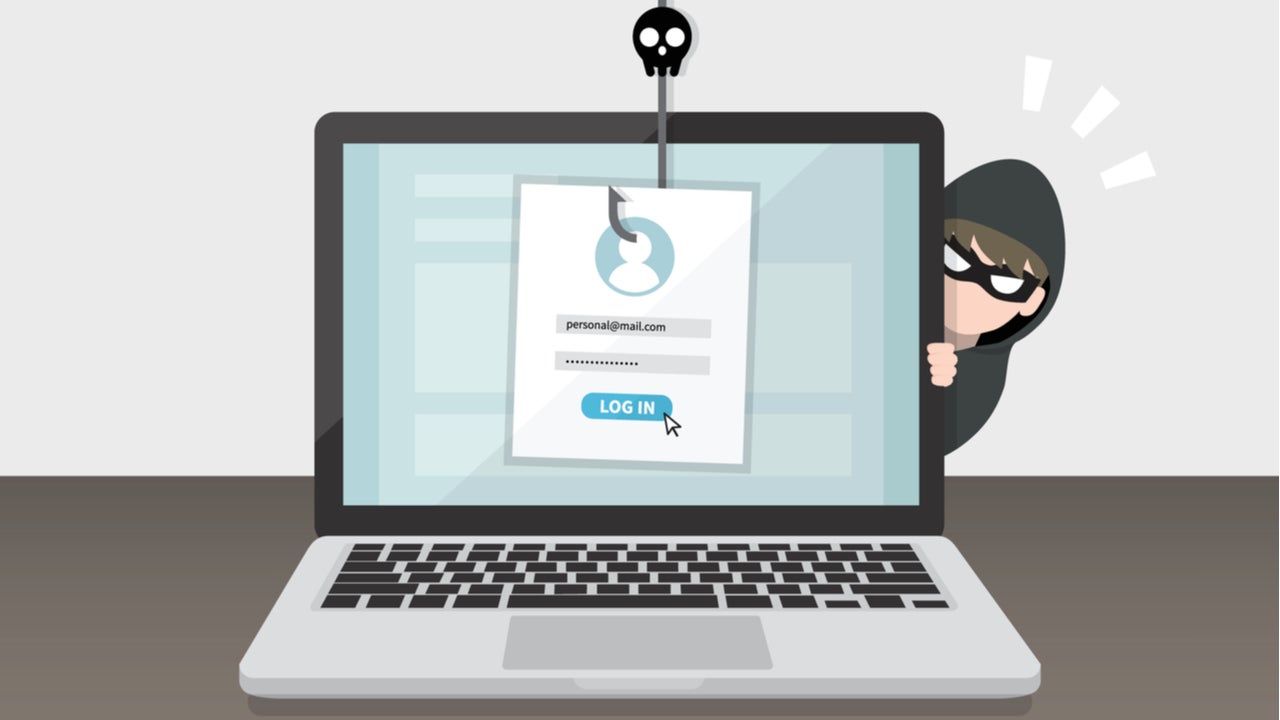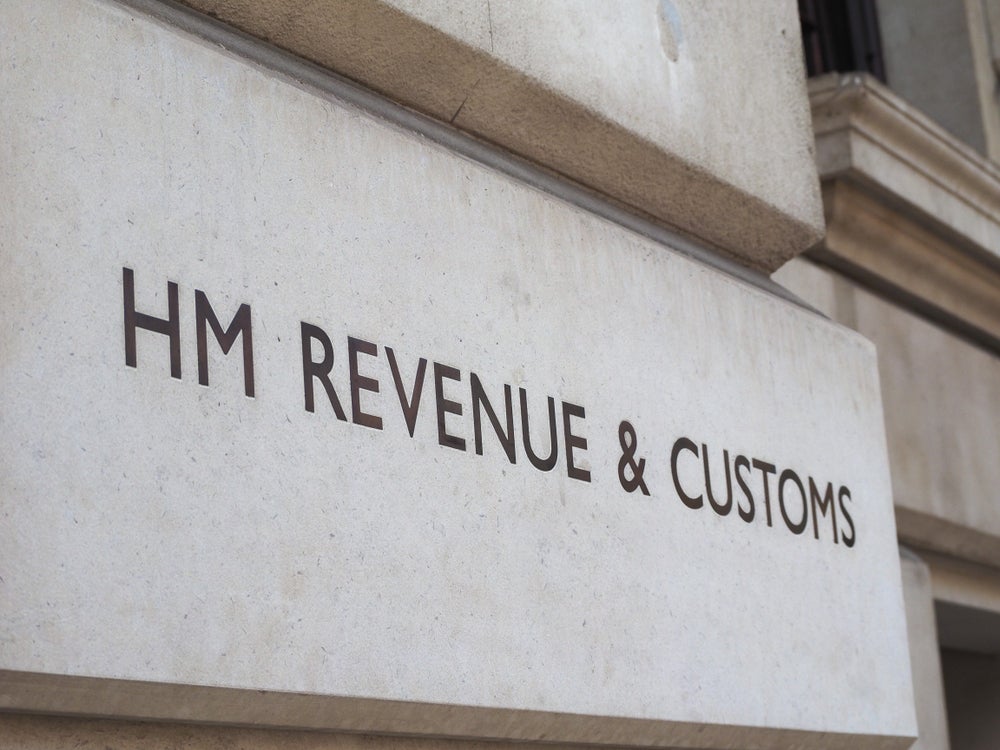
Total reports of suspected email, SMS, and phone attacks jump from 572,029 to 1,069,522 during the Covid-19 pandemic
Reports of HMRC-branded phishing scams have jumped from 572,029 to 1,069,522 in the last year – a surge of 87 per cent – according to official figures.
The data, obtained by accountancy group Lanop Outsourcing under the Freedom of Information (FOI) Act, analysed data over the three most recent financial years (April 2018-2019, April 2019-2020, and April 2020-2021).
The figures show that reports of suspected SMS scams shot up 52 per cent on last year, rising from 67,497 to 102,562 attacks. Email scams exploded 109 per cent, rising from 301,170 to 630,193, and reports of phone call scams increased 66 per cent, from 203,362 to 336,767.
Of the scams listed, the majority were tax rebate or refund scams which rose by 90 per cent from 363,118 and 690,522. In addition, voice scam attacks rose by 66 per cent, jumping from 203,362 to 336,767.
HMRC also receives reports for the Driver and Vehicle Licensing Agency (DVLA) and act on its behalf to initiate website takedowns. In FY 2019-20 there were 5,549 reports and a whopping 42,233 reports in 2020-21 – an increase of 661 per cent.
How well do you really know your competitors?
Access the most comprehensive Company Profiles on the market, powered by GlobalData. Save hours of research. Gain competitive edge.

Thank you!
Your download email will arrive shortly
Not ready to buy yet? Download a free sample
We are confident about the unique quality of our Company Profiles. However, we want you to make the most beneficial decision for your business, so we offer a free sample that you can download by submitting the below form
By GlobalDataCyber expert Andy Harcup, Senior Director, Gigamon, comments: “The sharp rise in HMRC-branded phishing attacks poses huge risks to businesses and individuals, with many organisations lacking the resources to identify and protect against malicious hackers. All it takes is a single employee to unwittingly handover confidential passwords and user details and cyber criminals are free to enter and wreak havoc across the network.
The fact is that companies cannot neutralise these attacks without full visibility into network traffic and getting complete visibility into potential hostile threats. The days of allowing security blind spots to remain unchecked are over and a getting a complete view of what’s happening and when should now be the new normal in terms of security protocol.”
Tim Sadler, CEO, Tessian said: “Impersonating an authoritative organisation like HMRC is a tried and tested way for cybercriminals to create a sense of urgency and fear, in order to manipulate people into sharing financial information or credentials via phishing or smishing scams. And they’ve upped the ante, particularly over the past 12 months, in the hope that by sending more emails, more people might fall for their schemes.
“Sadly, spotting the scams isn’t always easy, and hackers are making them even harder to detect. The general rule is to never click on links in unexpected texts or emails, even if you feel under pressure. Remember, you can always verify the request is real by calling the company directly or checking your online account.”
Aurangzaib Chawla, director, Lanop Outsourcing added, “With businesses on a fragile road to recovery following the Covid-19 crisis, it’s vital to remain vigilant about the very real risks posed by HMRC-branded scams.”






